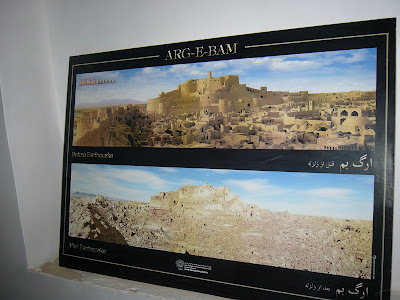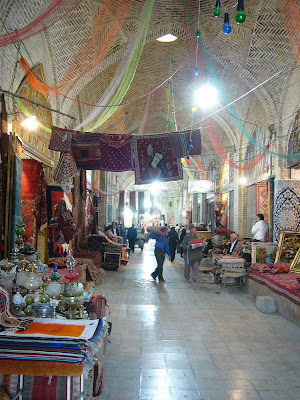For the second time since 2006/07 I am spending Christmas and New Year in Iran. The last time, I joined a group of Kuwaiti pilgrims who visited the city of Mashhad on a pilgrimage to Imam Reza’s holy shrine. For me, it was a time of spirituality, good feelings, great Iranian and Kuwaiti hospitality, friendship, adventures, new insights in the semi-tribal life of the Baluchi people, and so much more. And, of course, an inevitable but failed attempt of an Iraqi Seyyed of converting me to Islam. I have reported about this wonderful, in fact even miraculous, journey to Khorasan in the northeastern corner of Iran somewhere else in my blog . The Astan-e Qods Razavi was, by the way, decorated and illuminated because of Eid-e Ghorban . That Saddam had been hanged in Baghdad early in the morning added, of course to the overall happiness of Kuwaitis, and Iranians as well. This year, I hope to participate in the Christmas mass in Esfahan’s marvelous Vank Cathedral in the Armenian Quarter. Among t






